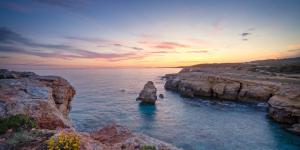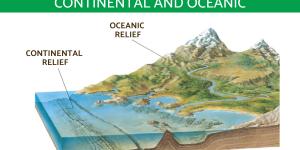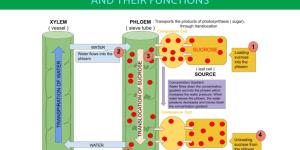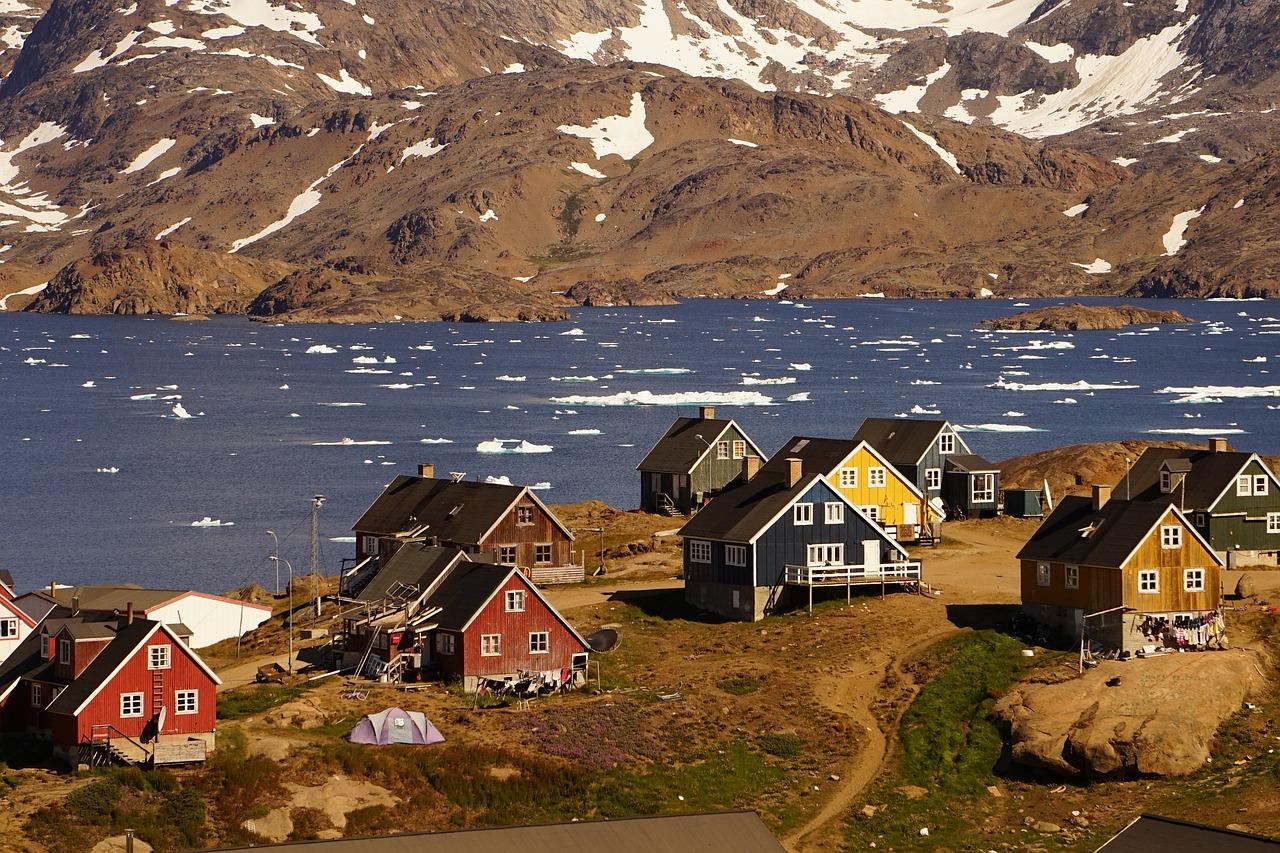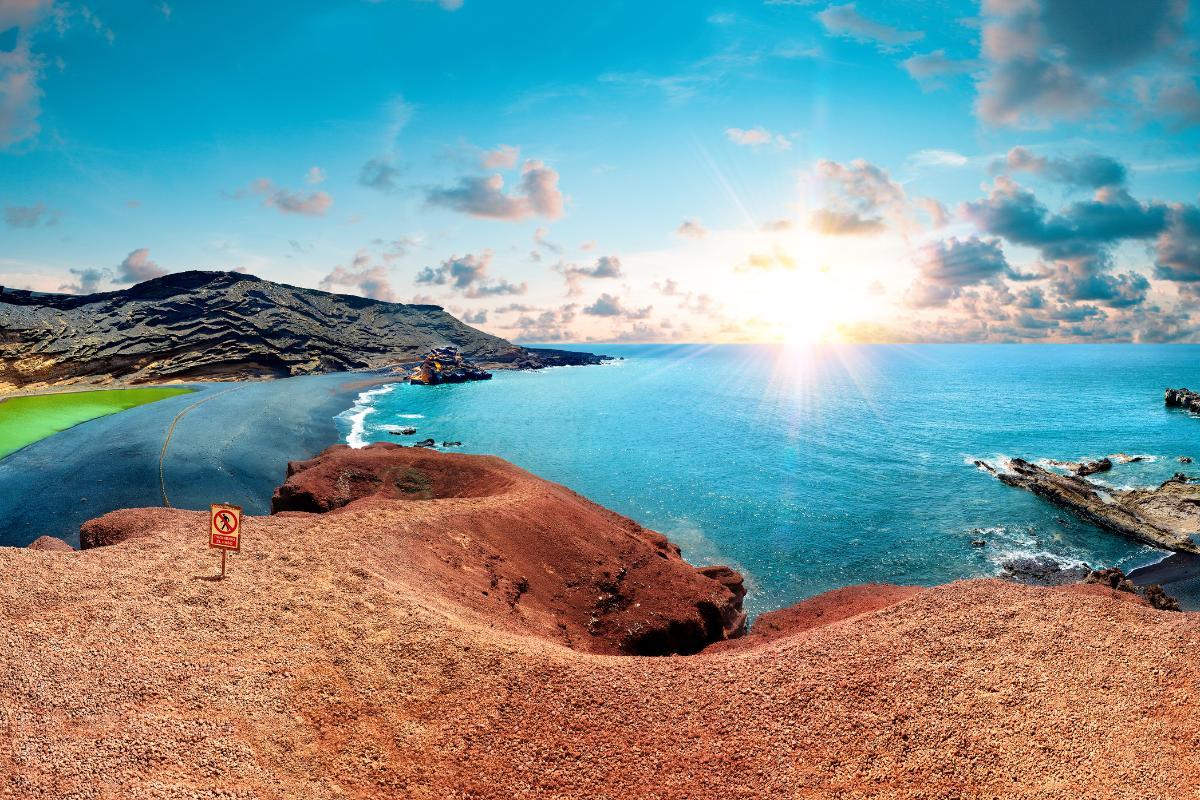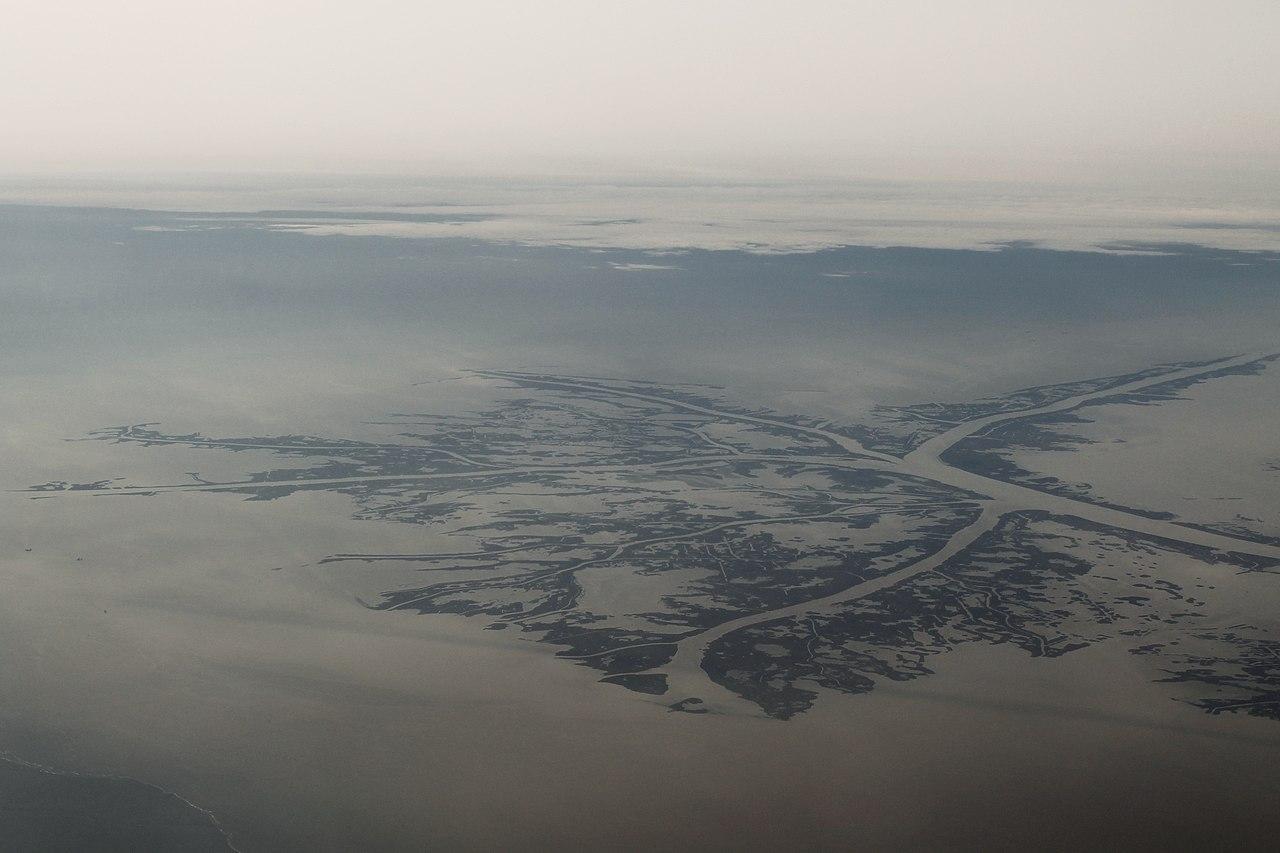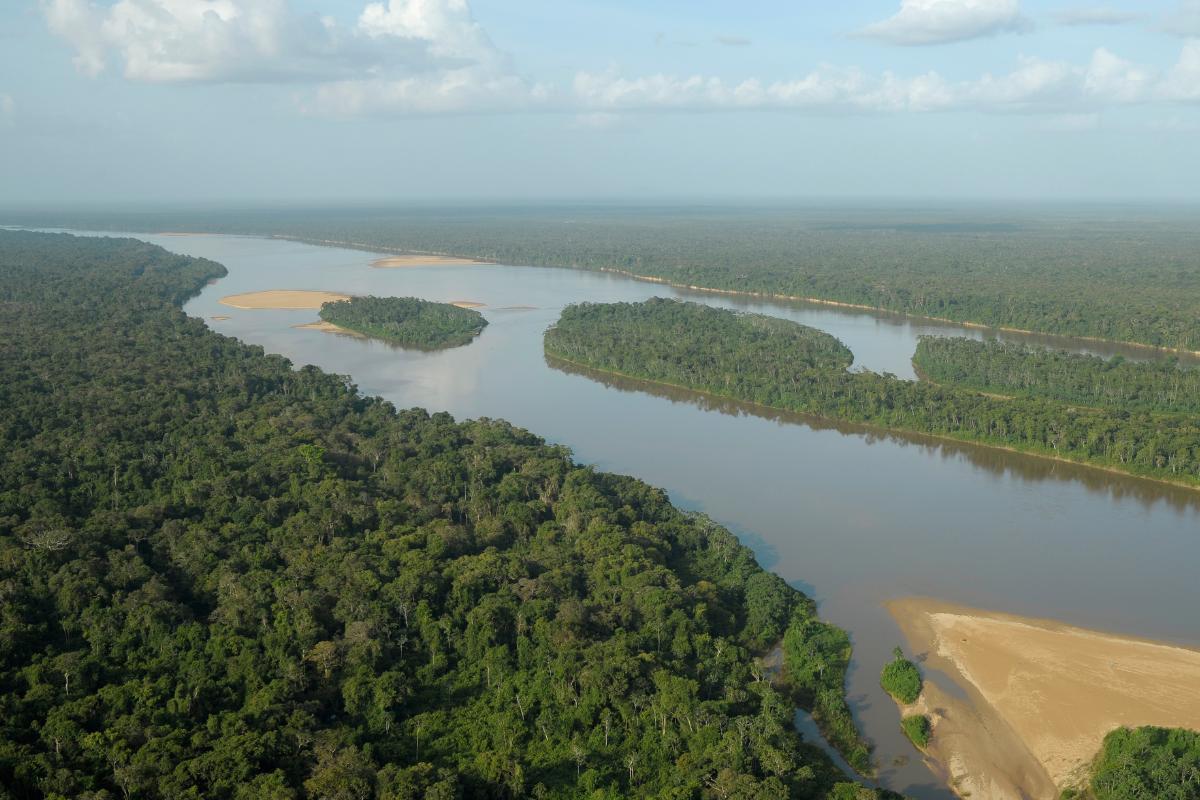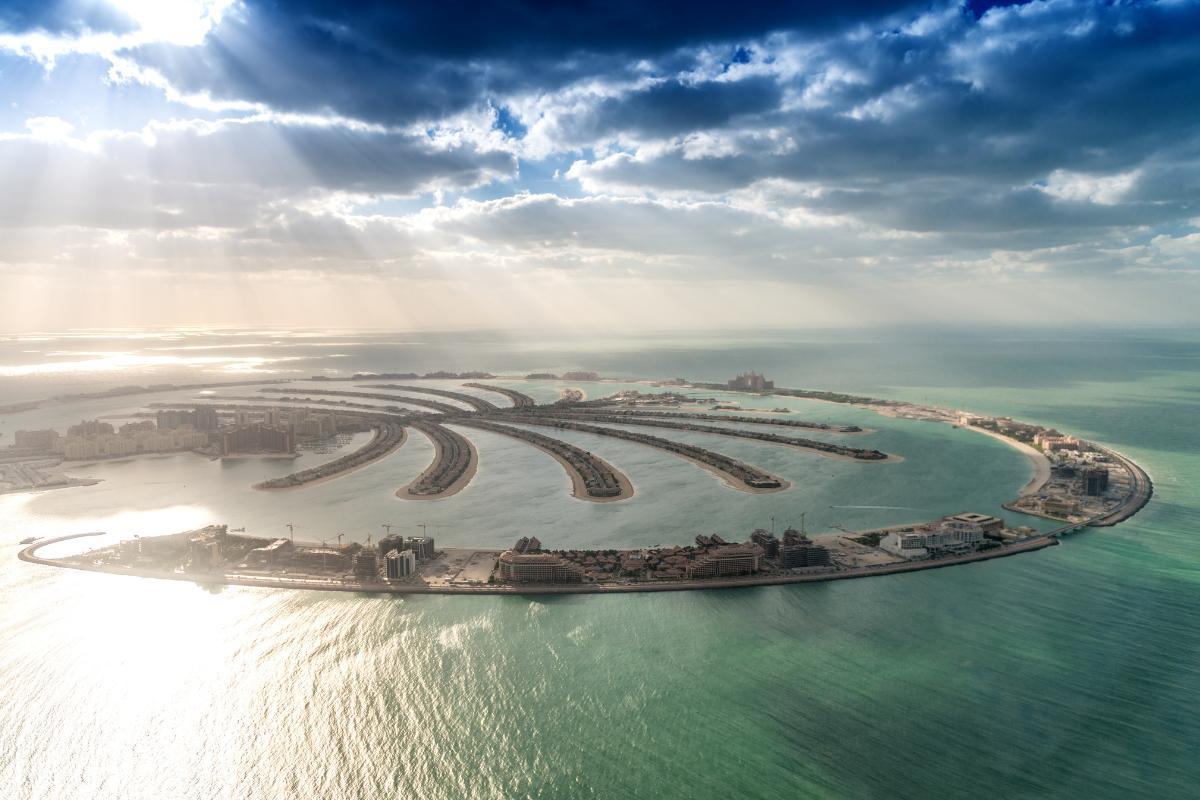Different Types of Island - With Examples


Islands can be classified according to their geological origin into continental islands, oceanic islands, coral islands, sedimentary islands, river islands and artificial islands. A basic definition of an island is a portion of land surrounded by water throughout their entire perimeter. They are often grouped together to form geographic units such as archipelagos.
Islands are often hotspots of biodiversity, although this will depend on the type of island. For this reason, thedailyECO explores the different types of islands with examples. We also show photos of what some of these examples of island types look like.
Continental islands
We start by looking at continental islands, islands that are joined to continental shelves geologically and geographically. Despite being joined to the continental shelf, they are separated by bodies of water, often the sea. Since they are joined to the continental land mass, they share similar characteristics in terms if biodiversity as the continental land mass itself.
Continental islands are usually composed of granitic materials. Due to their often large size, they provide a low level of insulation and are often exposed to the elements. Continental islands were once part of the continent with which they are associated, but have become separated due to rising sea levels and other factors.
Some examples of continental islands include:
- Greenland: the largest island in the world of all types of island. Located between the Atlantic Ocean and the Arctic Ocean, it is geopolitically a part of Europe. However, the continent to which it is associated is actually North America. The photo of Greenland below shows some of the settlements that have developed near the coasts.
- Malvinas Islands: this is an archipelago located in South America in the South Atlantic Ocean. It has a sovereignty claimed by Argentina.
- Arctic Archipelago: the Canadian Arctic Archipelago is part of Canada. Like Greenland, it is located near the continent of North America.
- British Isles: an archipelago located towards the northwest of Europe formed mainly by two major islands, Great Britain and Ireland. They are also home to a number of smaller islands and island groups such as the Shetland Islands of Scotland.
Learn more about how out continents have been formed with our article on what is the Rodinia supercontinent?

Oceanic islands
Unlike continental islands, Oceanic islands are formed from the activity of underwater volcanoes. This allows them to emerge from the sea floor to above sea level, doing so considerable distances from continental land masses. While continental islands tend to have relatively shallow seas between them and the continent, oceanic islands are usually separated by oceans of great depths.
Due to their volcanic origins, oceanic islands are often very rocky. You can see in the photo below the rugged coast common to these types of islands.
The biota of oceanic islands are often quite unique and characterized by endemic species. The flora and fauna are often adapted to living on rocky areas. Generally speaking, oceanic islands have a shorter lifespan than continental islands. They can arise and then disappear again in the relatively short period of 10-20 million years. While this seems like a long time, it is relatively short in terms of Earth history.
Some examples of oceanic islands include:
- Hawaii: this is an archipelago belonging to the United States. it consists of 18 islands, as well as various atoll.
- Canary Islands: autonomous Spanish archipelago made up of 8 islands, 5 islets and 8 giant rocks.
- Easter Island: belonging to Chile, it was formed by three main volcanoes, Terevaka, Poike and Rano Kau.
If you want to know more about how oceanic islands are formed, you can discover more about the formation of submarine volcanoes in our related article.

Atolls (coral islands)
You can see that composition is very important when discussing the different types of islands. As their name suggests, coral islands are composed of coral. Also known as atolls, they are formed by coral reefs. Hard coral has its texture thanks to the calcified skeletons of these cnidarians. Atolls are ring-shaped islands due to the way the coral reefs build. They have a lagoon in the center under which new coral can grow as seen in the photo below.
When the old coral dies, new coral can grow on top to form new land mass. The skeletons accumulate and form these large structures which eventually become an atoll. The deepest parts of a coral island are submerged in water, allowing the growth of new coral in areas where sunlight can reach them. Sediment, sand and other particles grow on top of the coral island, allowing for growth of plants.
The Maldives and the Great Barrier Reef islands in Australia are notable examples of coral islands. These islands not only offer white sand beaches and crystal clear waters, but also support unique marine ecosystems.
Now we know how hard coral can create coral islands, you can learn about what is soft coral?

Sedimentary islands
Sedimentary islands are formed from the accumulation of sediments such as sand and clay. This sediment is transported by water currents, which are generally deposited incrementally at the mouth of rivers.
These islands can form a delta, that is, a geographical feature formed at the mouth of a river by river sediments that accumulate there. As examples, the deltas of the Mississippi, Orinoco, Nile and Paraná rivers are examples of sedimentary islands. The island of Marajó formed at the mouth of the Amazon is the largest sedimentary island in the world.
Although sediment is also used to create the top parts of atolls, it is important to distinguish between them. Sedimentary islands develop in deltas, rivers, estuaries and even some coastal areas, but they do not grow on top of coral reefs like this other type of island.
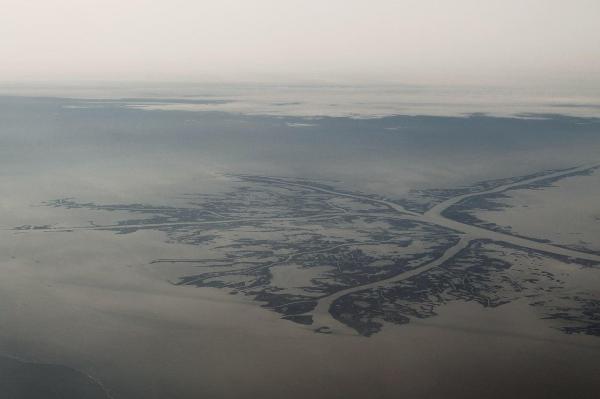
river islands
River islands are masses of land that are located in the middle of river courses (rivers or streams). These are formed due to erosion and sedimentation caused by water currents. Due to their constant flow, these types of islands are usually narrow and elongated. Their shape and surface can be modified more frequently than on other types of islands, mainly after heavy rains or floods.
The Amazon River has numerous islands and offers notable examples of this type of formation. River islands are biodiversity hotspots and are often unique habitats for various species. In addition to their ecological importance, these islands have also witnessed the evolution of human societies that have settled along the rivers.
Discover more about these types of ecosystem with our article on the longest rivers in the world.
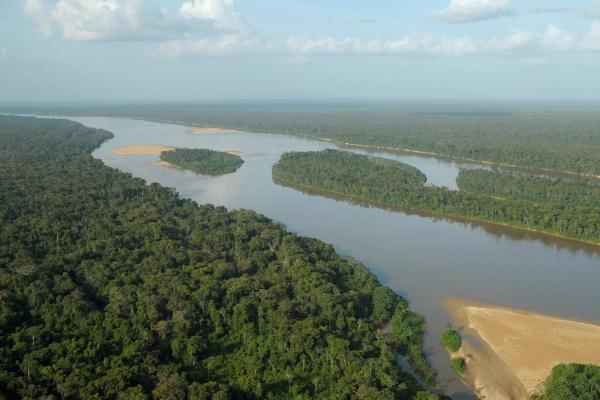
Artificial islands
Artificial islands are testimonies of the human capacity to transform the environment. These islands are deliberately built on some type of seam, using land reclaimed from the sea or in a very similar way to how oil rig platforms are built.
Artificial islands can cause negative environmental impact. They deteriorate and destroy marine ecosystems and many species can die during the formation process. They also alter marine currents, modifying the migratory routes of different species of fish. An example is the Palm Islands in Dubai, one of the largest artificial islands in the world. For this reason, we need to consider approaches such as the blue economy when created marine infrastructure.
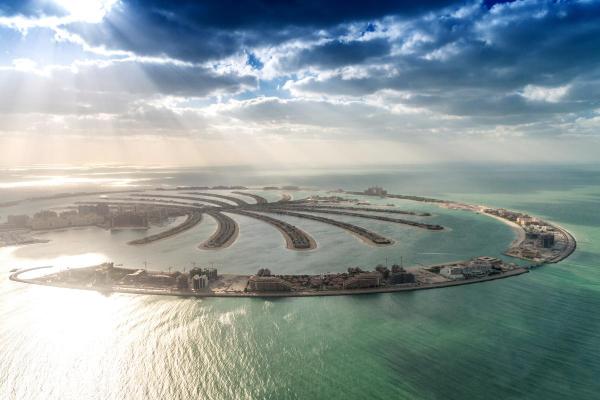
If you want to read similar articles to Different Types of Island - With Examples, we recommend you visit our Facts about nature category.
- Fernández-Palacios, J. M. (2004). Introduction to Islands.


